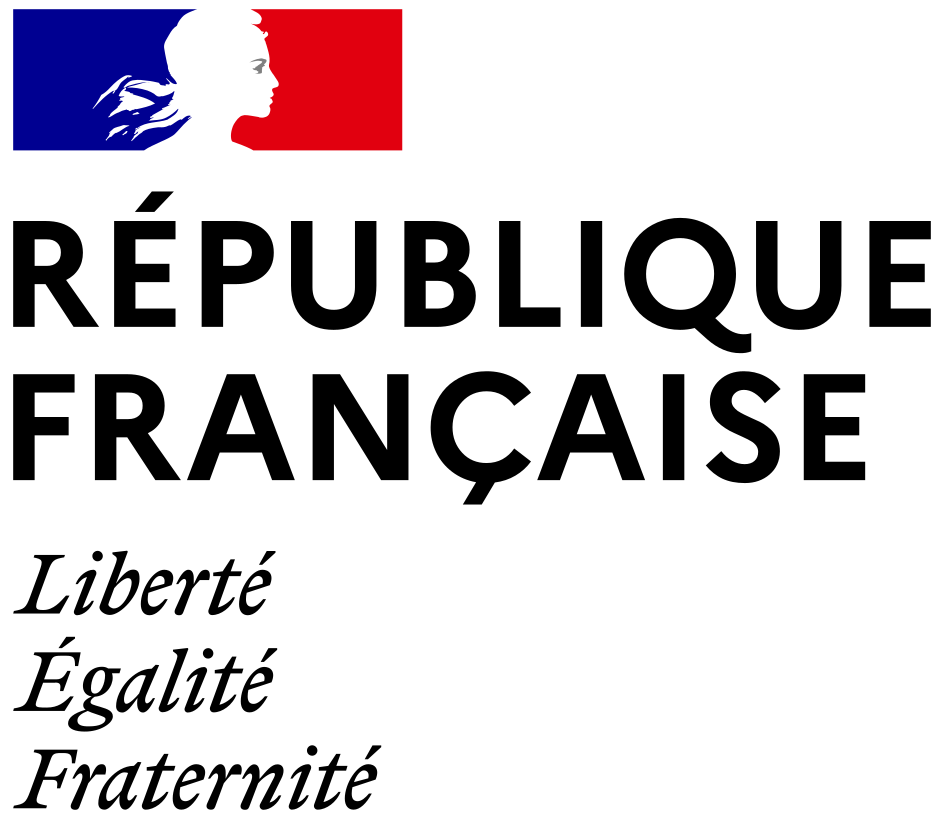Late Iron Age and Roman stone mortars and pestles from the oppidum of Bibracte and the city of Autun (Burgundy, France)
Résumé
the use of mortaria, utensil used for grounding, pounding but also mixing ingredients, is well documented as well by written sources, as by archaeological findings. The abondance of ceramic mortars during the roman period has resulted in a distorted view on the use and history of mortars, even though several findings reported the use of other materials such as wood, metal and also, in a recurrent way, stone and marble. Indeed, stone mortars are in fact attested from the 3rd century before our era in a Mediterranean site such as Lattes (Hérault, Fr.), but also in large variety of 2nd/1th century rural settlements in northeast France. With almost 50 stone fragmented mortars and the extremity of a pestle discovered since 1986, the oppidum of Bi-bracte, Gallic urbanised site of the Aedui south of actual Burgundy (France), offer an unique occasion to draw attention to this, still badly known, part of the material culture before our era. These findings are completed by the findings and/or museum collections of Autun, Augustodunum, the roman civitas replacing the nearby Bibracte oppidum active in the 1st century before our era. The petrographical examination of the Bibracte collection (F. Boyer & L. Jaccottey) documents beside the large resort to sandstones, from fine (2 ex.) to coarse ones (34 ex.), also the use of large variety of stones : conglomerate (2 ex.), basalt (3 ex.), vaugnerites (2 ex.) and granites (5 ex and pestles). They concern not only low bowls with an flat or hemispherical (inner) bottom, but also mortars with a very oblique inner bottom, mostly on tri-partite feet, lower/triangular (3 ex.), higher (> 7 ex.) and 2 other types of feet. This type of incline of their active surface question the preparations concerned by these newly adopted utensils produced in several local/regional stones before our era. If their large diffusion in 11 excavation sectors of the 200 hectares oppidum suggest a domestic use for these utensils, a more detailed study of their archaeological context and archaeome-tric analysis are needed to confirm their culinar or other types of uses. Indeed, if its association with craft rejects intrigues, Roman authors such as Apicius document mortar use in several culinary recipes. On the other hand, in « Natural History», Pliny the Elder's (23-79 AD) recommendations concern specific stone types for the use of mortars involving medical preparations. Archaeological findings in Rimini (Italy) and Roman Aquitania (center-west of France) show that marble mortars are associated to elbow-shaped pestles. Such pestles are part of the Autun museum's collection that include also a complete pestle cut in a local biotite granite, the same material used for the extremities of 2 pestles found on the oppidum of Bibracte. In addition, these museum collections reveal also a fragmented mortar in a unusual hard metamorphic stone :
Domaines
Archéologie et Préhistoire| Origine | Fichiers produits par l'(les) auteur(s) |
|---|

